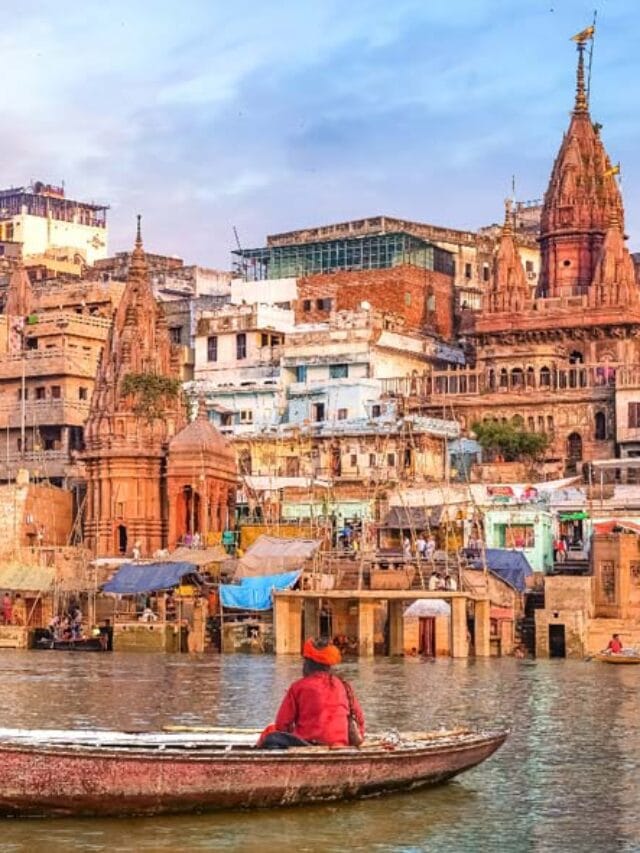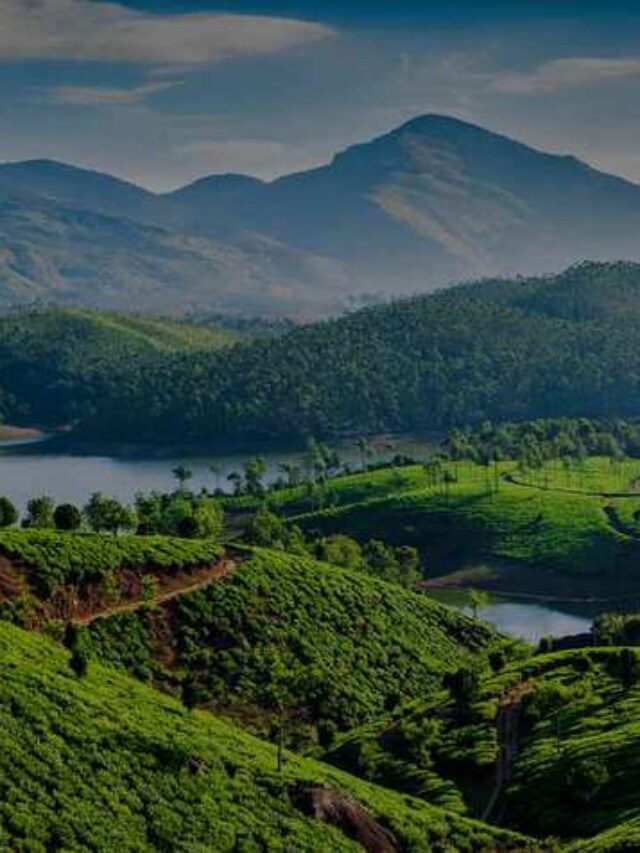1. Identify the misl of Punjab to which Maharaja Ranjit Singh belonged:
- Phulkian Misl
- Nakai Misl
- Bhangi Misl
- Sukerchakia Misl
Show Answer
Answer: Sukerchakia Misl
Maharaja Ranjit Singh was associated with the Sukerchakia Misl, which held influence in Hafizabad and Gujranwala districts of Punjab. He skillfully united the twelve misls and established a united Sikh kingdom.
2. Under whose governance did Bengal gradually gain independence from Mughal control?
- Alivardi Khan
- Murshid Quli Khan
- Siraj-ud-daulah
- Safdar Jung
Show Answer
Answer: Murshid Quli Khan
Bengal gradually gained independence from Mughal control under the rule of Murshid Quli Khan. He began as the Diwan of Bengal under Aurangzeb but eventually achieved virtual independence while still sending tribute to the Mughal emperor.
3. Who deposed the family of Murshid Quli Khan and became the Nawab himself?
- Alivardi Khan
- Siraj-ud-daulah
- Saadat Khan
- Asaf ud Daulah
Show Answer
Answer: Alivardi Khan
In 1739 CE, Alivardi Khan deposed the family of Murshid Quli Khan and became the Nawab of Bengal. Under his rule, Bengal experienced stability, peace, and remarkable progress in agriculture, trade, and industry.
4. Who succeeded Alivardi Khan as the Nawab of Bengal?
- Murshid Quli Khan
- Saadat Khan Burhan ul Mulk
- Asaf ud Daulah
- Siraj-ud-daulah
Show Answer
Answer: Siraj-ud-daulah
The successor of Alivardi Khan was Siraj-ud-daulah, also known as Mirza Muhammad Siraj-ud-Daulah. He was the last independent Nawab of Bengal and met defeat in the Battle of Plassey in 1757 CE.
5. Which individual founded the provincial kingdom of Awadh?
- Saadat Khan Burhan ul Mulk
- Murshid Quli Khan
- Asaf ud Daulah
- Siraj-ud-daulah
Show Answer
Answer: Saadat Khan Burhan ul Mulk
Saadat Khan Burhan ul Mulk was appointed as the subadar of Awadh in 1722. The weakened central control of the Mughals allowed for the emergence of the provincial kingdom of Awadh under the governance of Saadat Khan Burhan ul Mulk.
6. Who succeeded Burhan ul Mulk as the leaders of Awadh?
- Safdar Jung
- Asaf ud Daulah
Choose the correct option:
- Only 1
- Only 2
- Both 1 & 2
- Neither 1 & 2
Show Answer
Answer: Both 1 & 2
Before his demise, Saadat Khan Burhan ul Mulk established his position as hereditary. The successors of Burhan ul Mulk were Safdar Jung and Asaf ud Daulah, both of whom brought long-term administrative stability to Awadh province.
7. During the reign of the nawabs, which centers emerged as hubs of cultural excellence?
- Faizabad
- Lucknow
- Delhi
Choose the correct option:
- Only 1 & 2
- Only 1 & 3
- Only 2 & 3
- Only 3
Show Answer
Answer: Only 1 & 2
Under the nawabs’ rule, Faizabad and later Lucknow emerged as centers of cultural excellence on par with Delhi. These cities flourished in arts, literature, and crafts, and the dance form Kathak evolved as a result of this cultural synthesis.
8. Which place became a prominent center of Sikh activity during the 18th century?
- Bhatinda
- Amritsar
- Lahore
- None of the above
Show Answer
Answer: Amritsar
During the 1720s and 1730s, Amritsar became a prominent center of Sikh activity, as the Sikh resistance against Mughal authority persisted even after the suppression of the Sikhs under Banda Bahadur.
9. Who is considered the organizer of the Sikh Confederacy and the Dal Khalsa?
- Jassa Singh Ahluwalia
- Banda Bahadur
- JahangKapur Singhir
- Ranjit Singh
Show Answer
Answer: Kapur Singh
Nawab Kapur Singh is regarded as a significant figure in Sikh history. Under his leadership, the Sikh community navigated one of its darkest periods, and he established a robust revenue and military system.
10. Which of the following founded the kingdom of Kapurthala?
- Jassa Singh Ahluwalia
- Banda Bahadur
- Kapur Singh
- None of the above
Show Answer
Answer: None of the above
After the death of Zakariya Khan in 1745 CE, the balance shifted further in favor of the Sikh warrior leaders, such as Jassa Singh Ahluwalia. However, it was not Jassa Singh but Maharaja Ranjit Singh who founded the kingdom of Kapurthala.








Leave a Reply